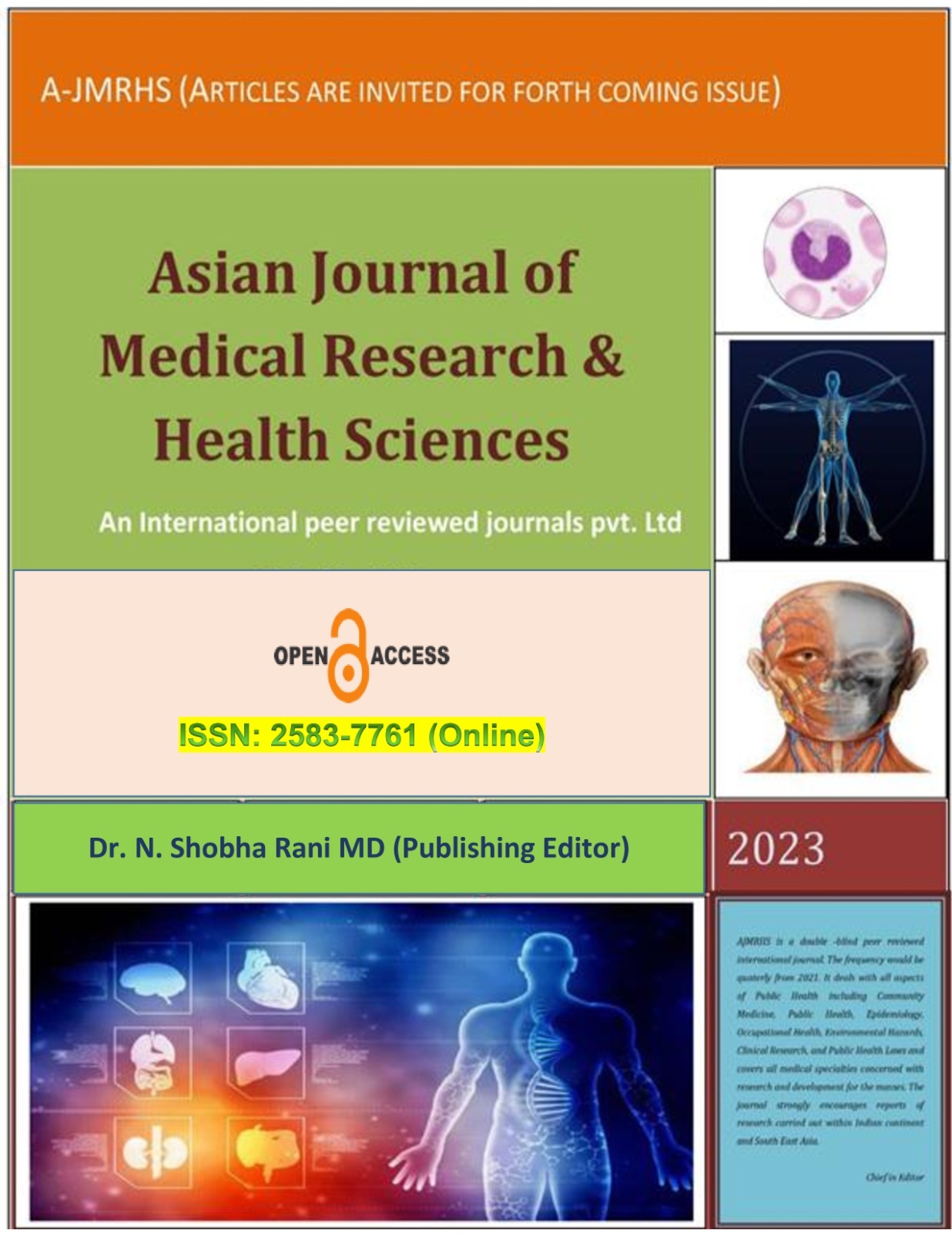Changes Caused by Apoptosis In the Follicular of Ovarian Torsions
Keywords:
Ovary, Ischemia/reperfusion, Apoptosis, AgeAbstract
Ovarian torsion can be given as an example of ischemia/reperfusion (I/R) injuries. It is likely to be encountered in young women who apply to the emergency department. Reactive oxygen radicals (ROS) formed as a result of I/R are an important damaging mechanism in this mechanism. Here, apoptotic mechanisms are also triggered and lead to cell death. Material and method Sixteen rats were equally divided into two groups (n=8). In Group 1, only laparotomy was applied to the control group (n=8), and ovarian torsion was applied to the experimental group (n=8) in Group 2. Results In the rats in the control group, the difference in bcl-2 and P53 staining scores in the primordial follicle, secondary follicle, antral follicle was found to be statistically significant (I p<0.001, p=0.007, p=0.007, respectively). For bcl-2 and p53 in the Corpus Luteum tissue, the difference between the groups was found to be statistically significant (P=0.007, p=0.007, respectively) Conclusion: It is thought that total loss may not occur in ovarian ischemia and preventive surgery can be performed. These results should be supported by hormonal levels and rat studies at different ages.
Downloads
Published
Issue
Section
License
Copyright (c) 2025 Havva Erdem, Adem Küçük, Yeliz Kaşko Arıcı, Dursun Kurt, Kübra Kalkışım, Handan Ankaralı, Onur Yalçın, İlker Coşkun. (Author)

This work is licensed under a Creative Commons Attribution-NonCommercial-ShareAlike 4.0 International License.




